Have you ever locked eyes with a wild rhino?
Most wildlife safaris keep you at a safe distance — binoculars up, camera zoom maxed out, and a guide whispering excitedly about a faraway speck that’s supposedly a lion. But this is different.
I'm on foot, deep in Zimbabwe’s Matobo National Park, with nothing but open space between me and a 2,300-kilogram white rhino. My heart pounds as we edged closer — until we are just seven metres away.
I'm not in a safari truck anymore. No reinforced glass, no engine noise. Just me, my group, and one of the world’s most endangered animals, standing right there in the wild.
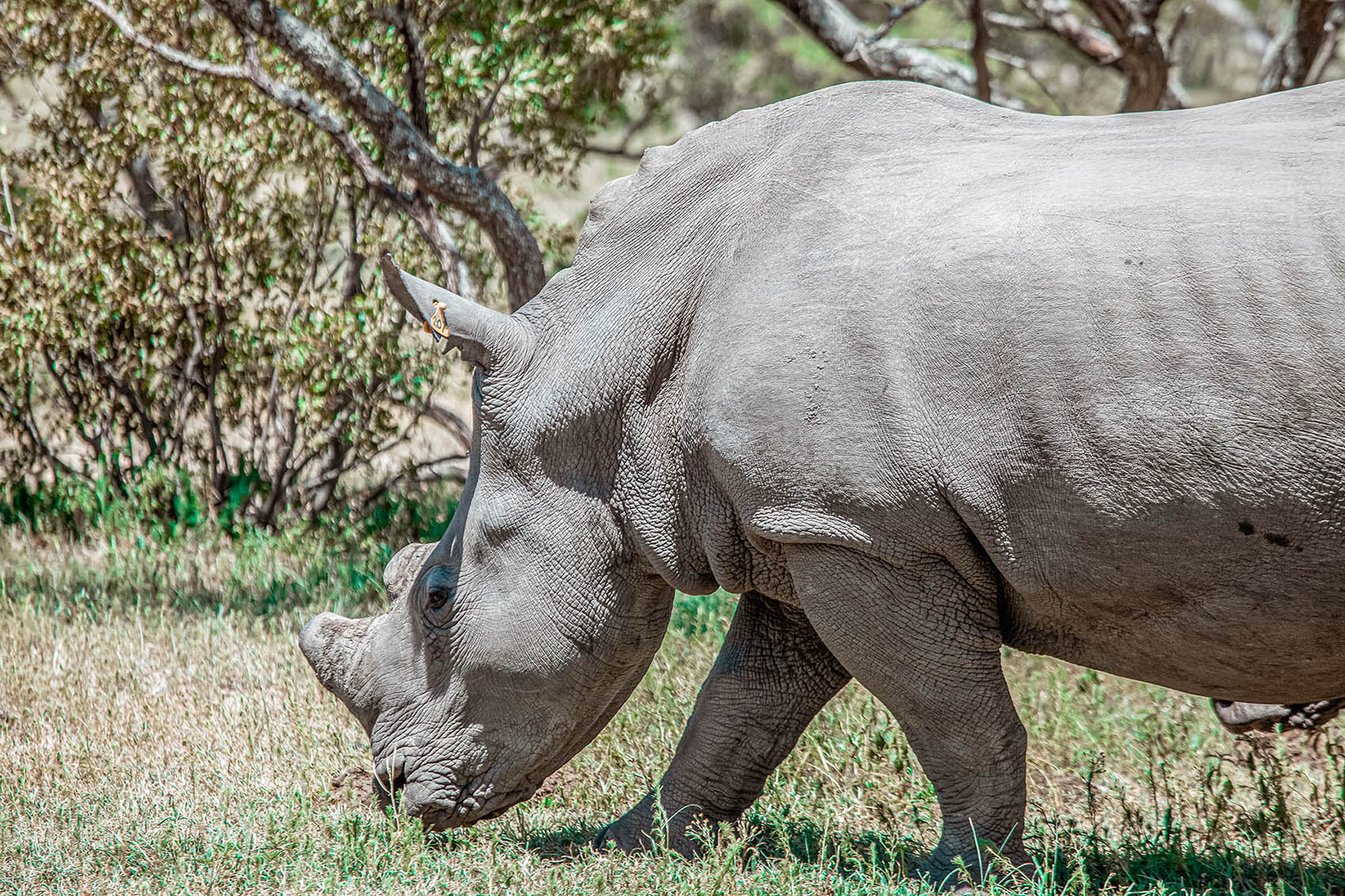
In this article, I’ll take you along for the unforgettable experience of a white rhino walking safari in Matobo National Park, explain why these creatures need protection, and help you plan your own up-close wildlife encounter in Zimbabwe.
Preparing for a White Rhino Walking Safari
A white rhino walking safari isn’t just another game drive — it’s an immersive, on-foot experience that requires careful planning, expert guidance, and a sense of adventure.
The Day Begins in Bulawayo
The adventure starts in Bulawayo, Zimbabwe’s second-largest city, where I am picked up at 8 AM by Christine, the owner of Black Rhino Safaris. After a quick briefing, she hands me over to our guide for the day — Andy, a no-nonsense Zimbabwean tracker who knows this land like the back of his hand. We're in the parking lot of the Holiday Inn and Andy is accompanied today by his daughter, Cara.
What to Expect on the Day
- Early morning pick-up from Bulawayo
- Drive to Matobo National Park
- Safari briefing on safety & conservation
- Walking with rhinos (!!)
- Exploring other park highlights
- Return to Bulawayo by evening
Meeting the Guide and Group
Every safari group is different, but mine is as eclectic as it gets.
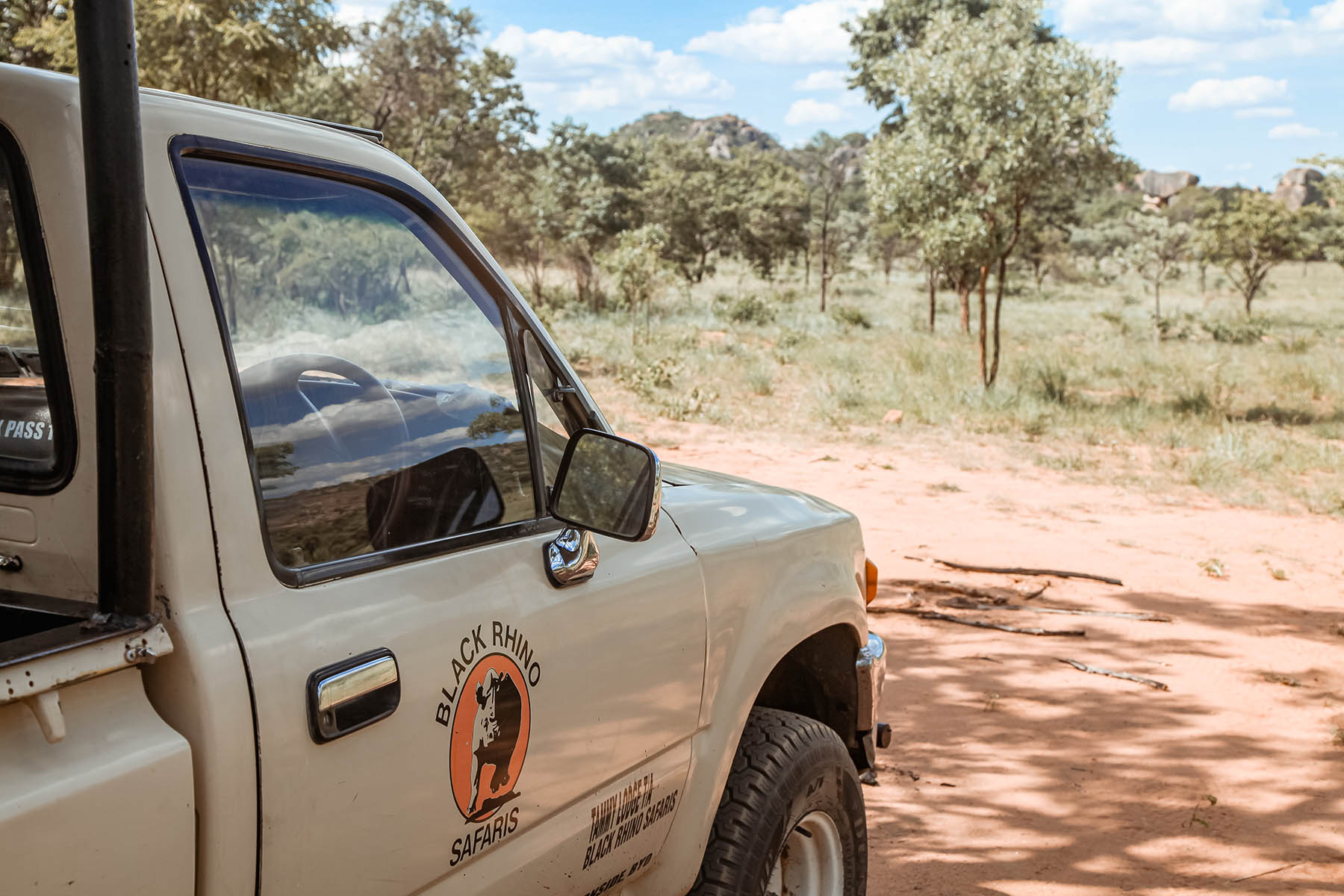
There's a couple of Russian tourists (plus their young child), a gentle Zimbabwean man named Musa (who would later write a poem about the experience), and me — just excited to get into the wilderness and learn from the locals who call it home.

Together, we climb into the open-air safari jeep, leaving the city behind and heading straight into Zimbabwe’s wild heart.
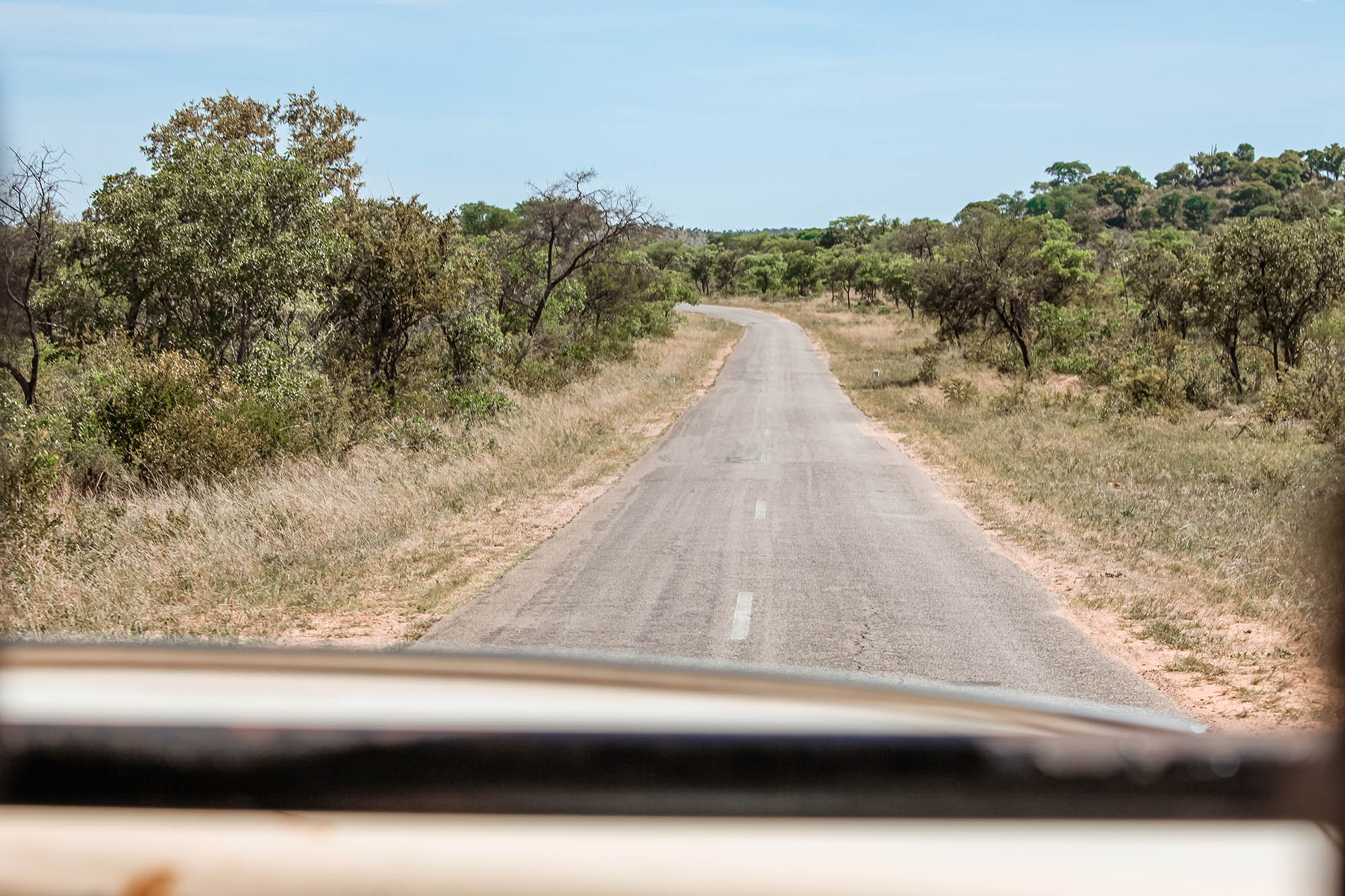
It's an adventure that promises to get us close to a few of the most magnificent creatures on earth: white rhinos.
Understanding White Rhinos: A Species on the Brink
Before coming to Zimbabwe, I thought rhinos were just big, armoured tanks. But up close, you realise they're gentle giants with a complex social life. Their survival is anything but guaranteed.
These prehistoric-looking giants have roamed the Earth for millions of years, yet today, their fate is uncertain.
White rhinos can weigh up to 2,300 kilograms (the equivalent of 5,000 pounds), making them one of Africa’s most formidable creatures.
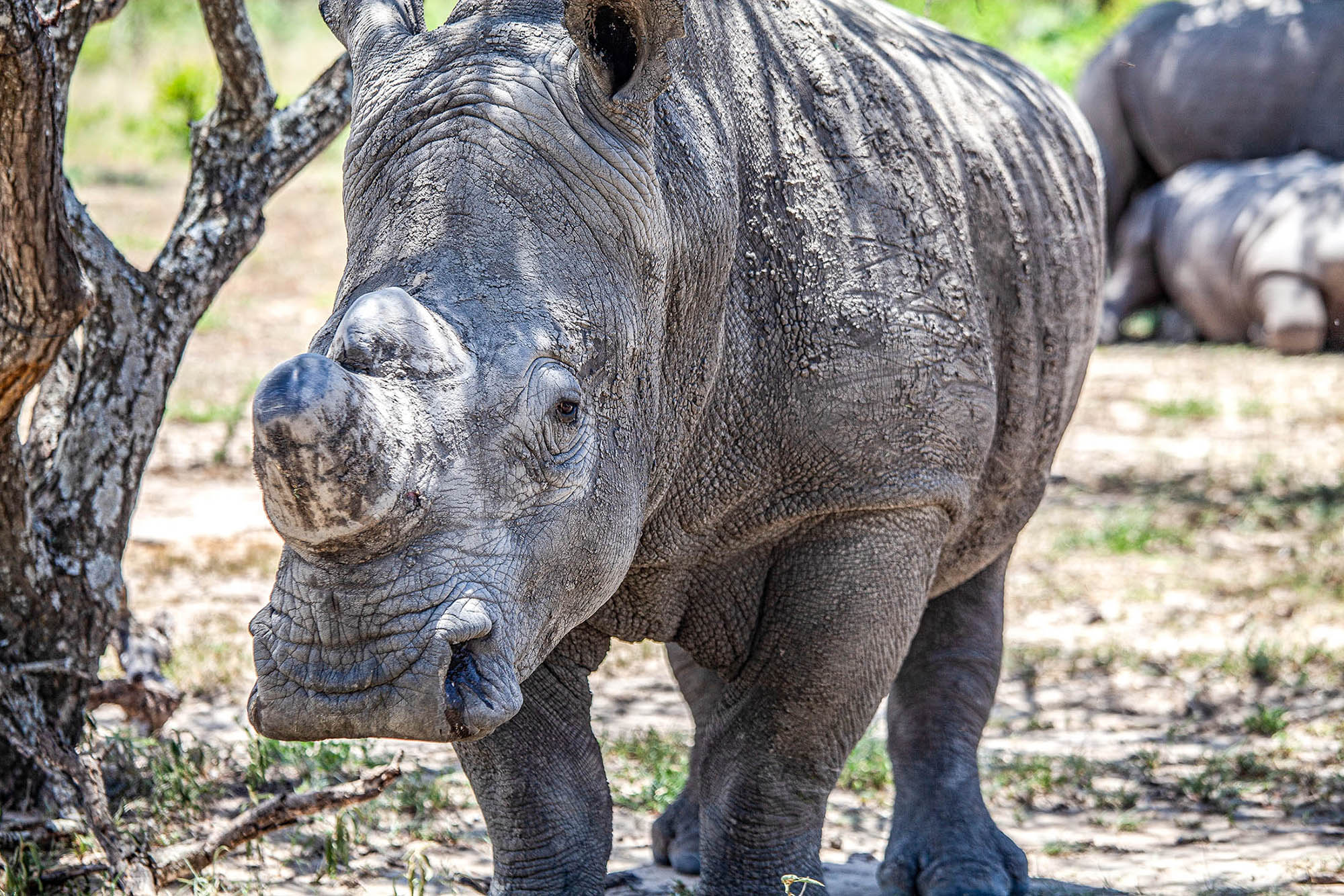
Their name comes from the Afrikaans word "weit," which means "wide," describing their wide, square-shaped mouths (and no, they are not white). This is what makes them distinguishable from their black rhino counterparts.
Also known as the square-lipped rhinoceros, the white rhino is a large herbivorous mammal found in grasslands, savannas, and woodlands. They use their distinctive square-shaped muzzle to graze on grasses and other vegetation.
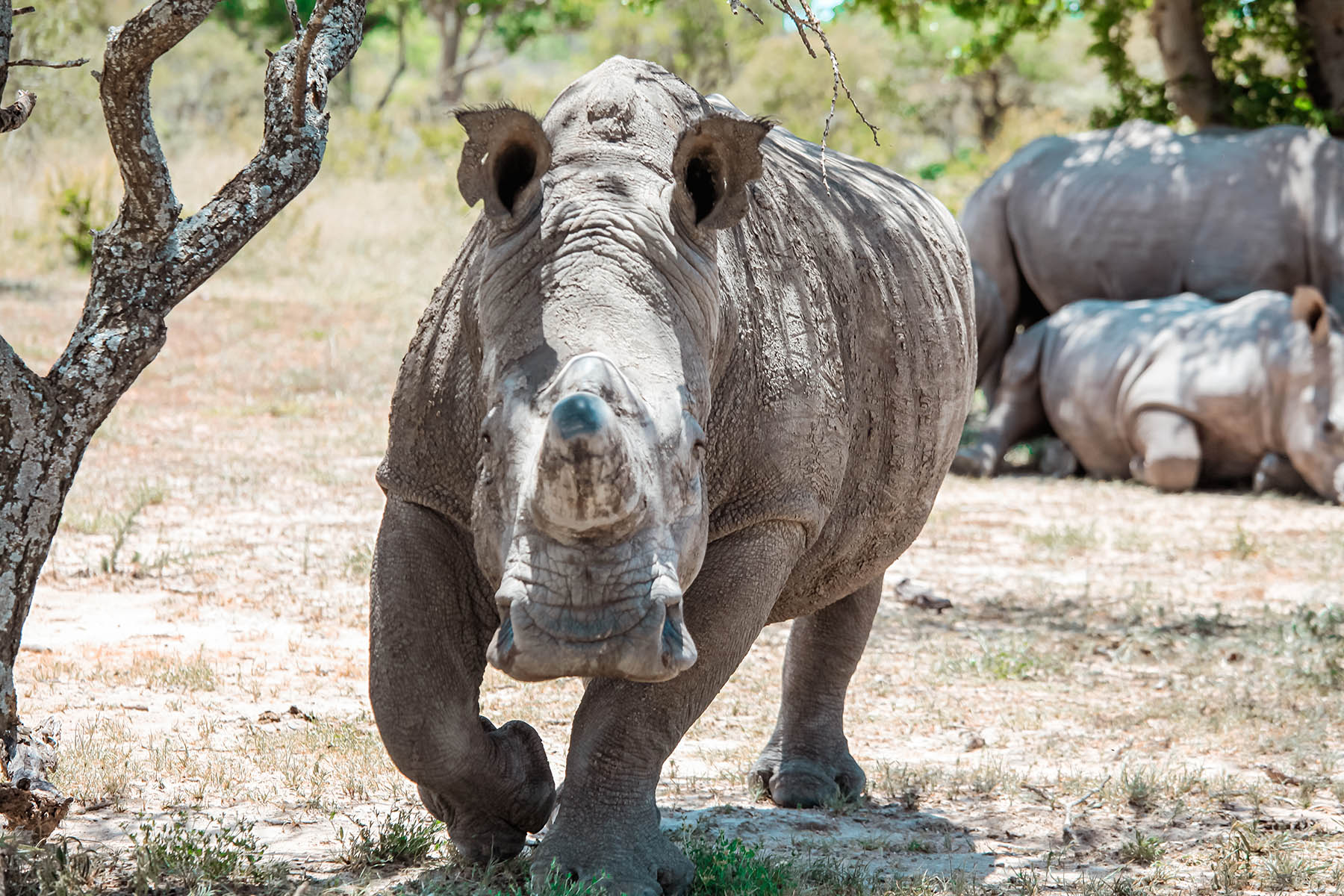
It’s a keen sense of hearing and smell that helps them detect predators such as lions and hyenas. Characteristically defensive, they charge at potential threats with their heads lowered and horns pointing forward. Their eyesight is poor. They communicate with each other using grunts, snorts, and whistles.
Why Are White Rhinos Endangered?
Unfortunately, white rhinos are endangered, with only a few thousand remaining in the wild.
Their primary threat is poaching, as rhino horn is in high demand for use in traditional medicine (popular in some parts of the world, such as China). Additionally, habitat loss, caused by human activities such as mining and urbanisation, has also had a significant impact. And changes to the climate have affected the availability of food and water sources.
The statistics are grim. According to the International Union for Conservation of Nature (IUCN), the white rhino population declined by 98% between 1960 and 1995. In South Africa alone, more than 7,000 rhinos have been poached since 2008.
Conservation Efforts in Zimbabwe
Efforts to protect them have been underway for several years, the most effective strategy being the use of anti-poaching patrols.
Andy explains how locals from the surrounding communities are employed in the game reserve to help with anti-poaching initiatives. Their work as rangers involves monitoring and patrolling, to track and intercept poachers before harm is done to the animals.
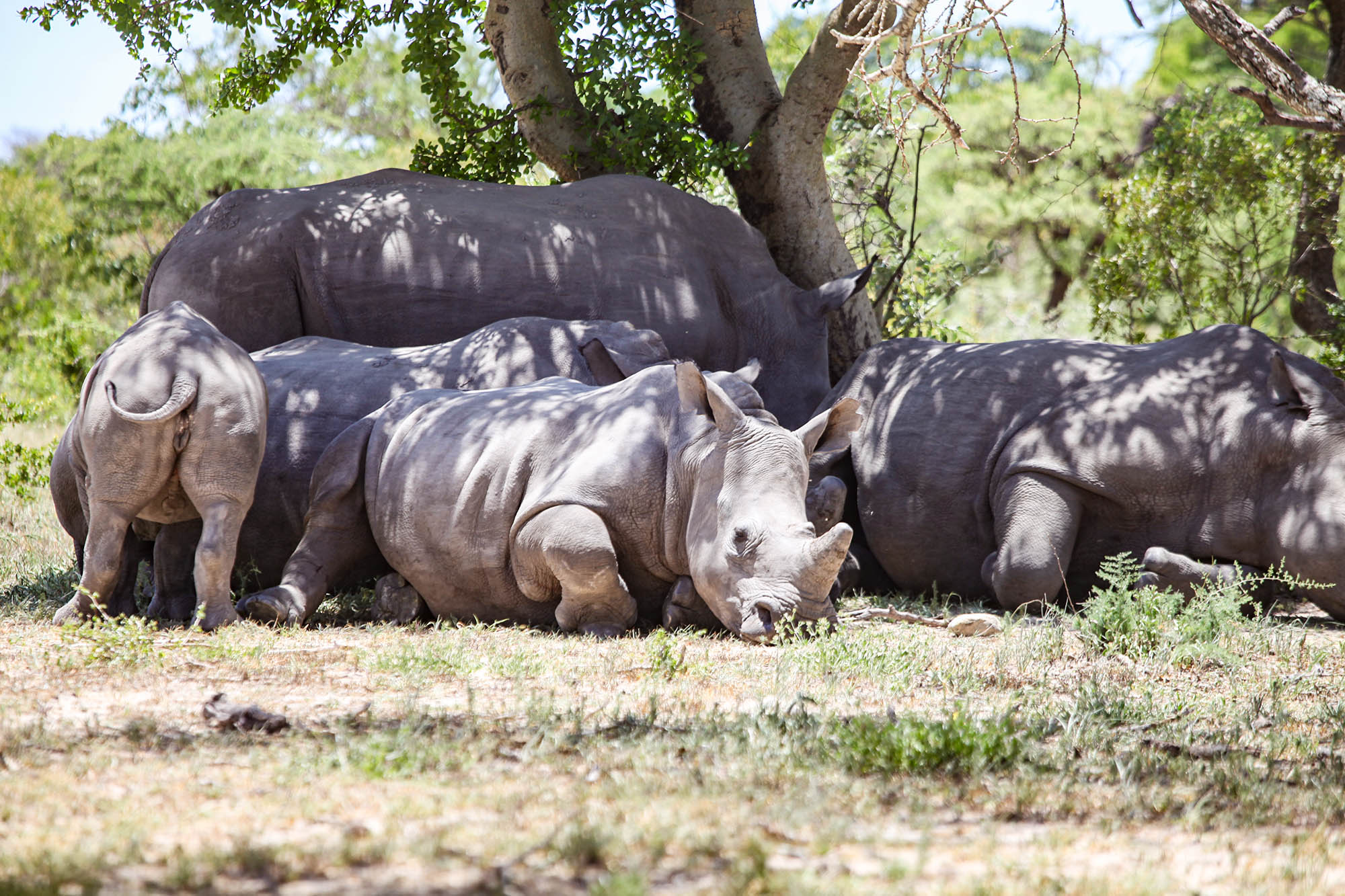
They know the land better than most. And it’s mutually beneficial: they earn an income and the animals – part of the locals’ natural habitat – are protected. It’s a win-win for the park and community.
All of this preserves the natural beauty of the land and its inhabitants for future generations.
Many national parks, such as Matobo National Park, have also implemented conservation programs aimed at protecting rhino habitats and educating local communities about the importance of wildlife conservation. Here, the park works closely with local schools to educate children about this and the need to protect other endangered species.
Pin this article for future reference!
Matobo National Park: Zimbabwe’s Rhino Sanctuary
A UNESCO World Heritage site, Matobo National Park is one of the best places in Africa to see white rhinos in the wild.
Established in 1926 and located in southwestern Zimbabwe, it covers an area of over 44,000 hectares. Matobo is known for the unique landscape, which includes a series of granite formations and rolling hills.
Wildlife Beyond the Rhinos: What Else Lives in Matobo?
But the park is not just about rhinos — it's also home to:
- leopards, baboons, antelope, and more; and
- over 200 species of birds.
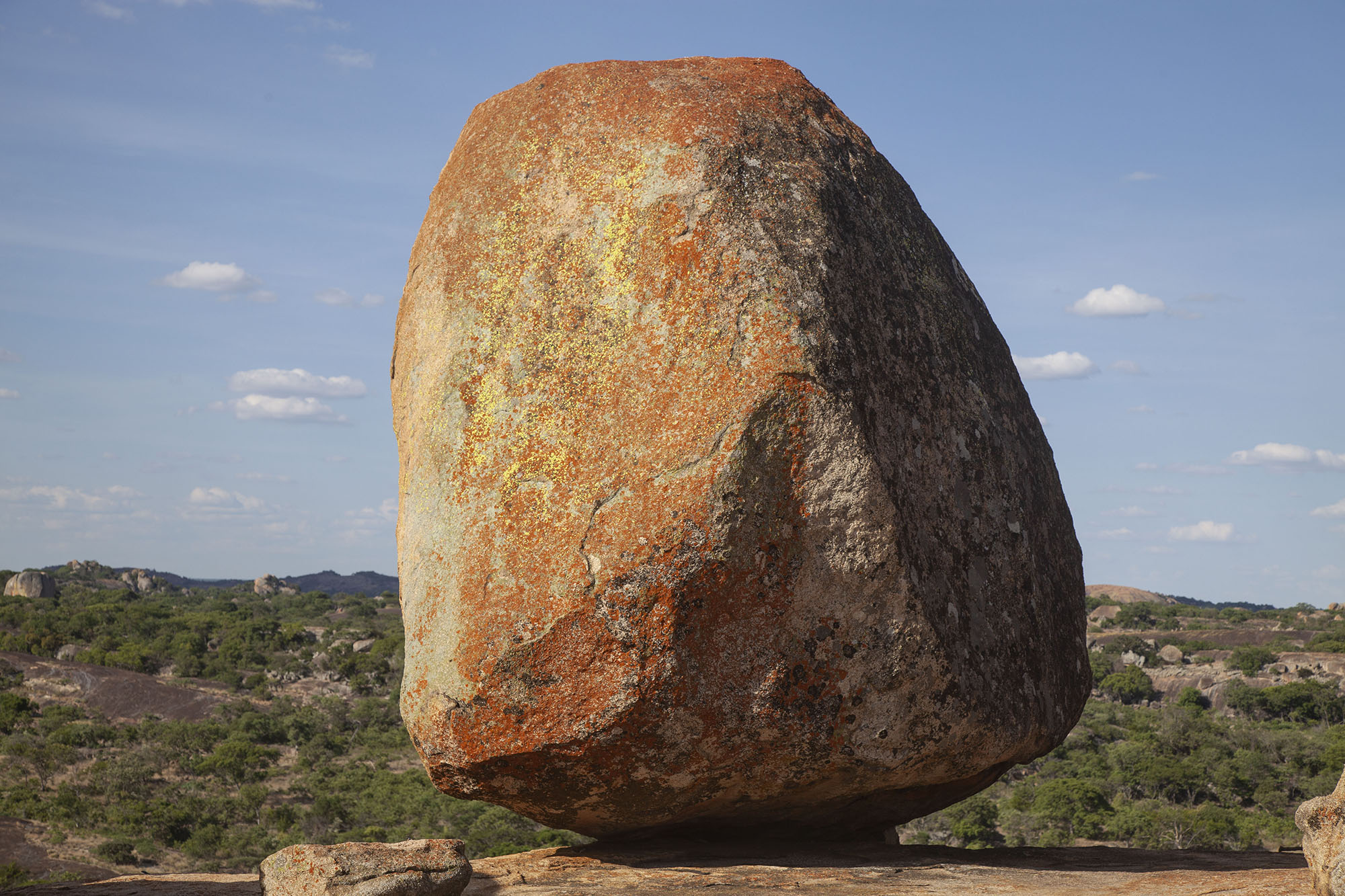
But at the heart of Matobo's conservation efforts is the protection of its thriving white rhino population.
The white rhino found here are among the largest populations in Zimbabwe. The grasslands and open woodland provide an ideal habitat.
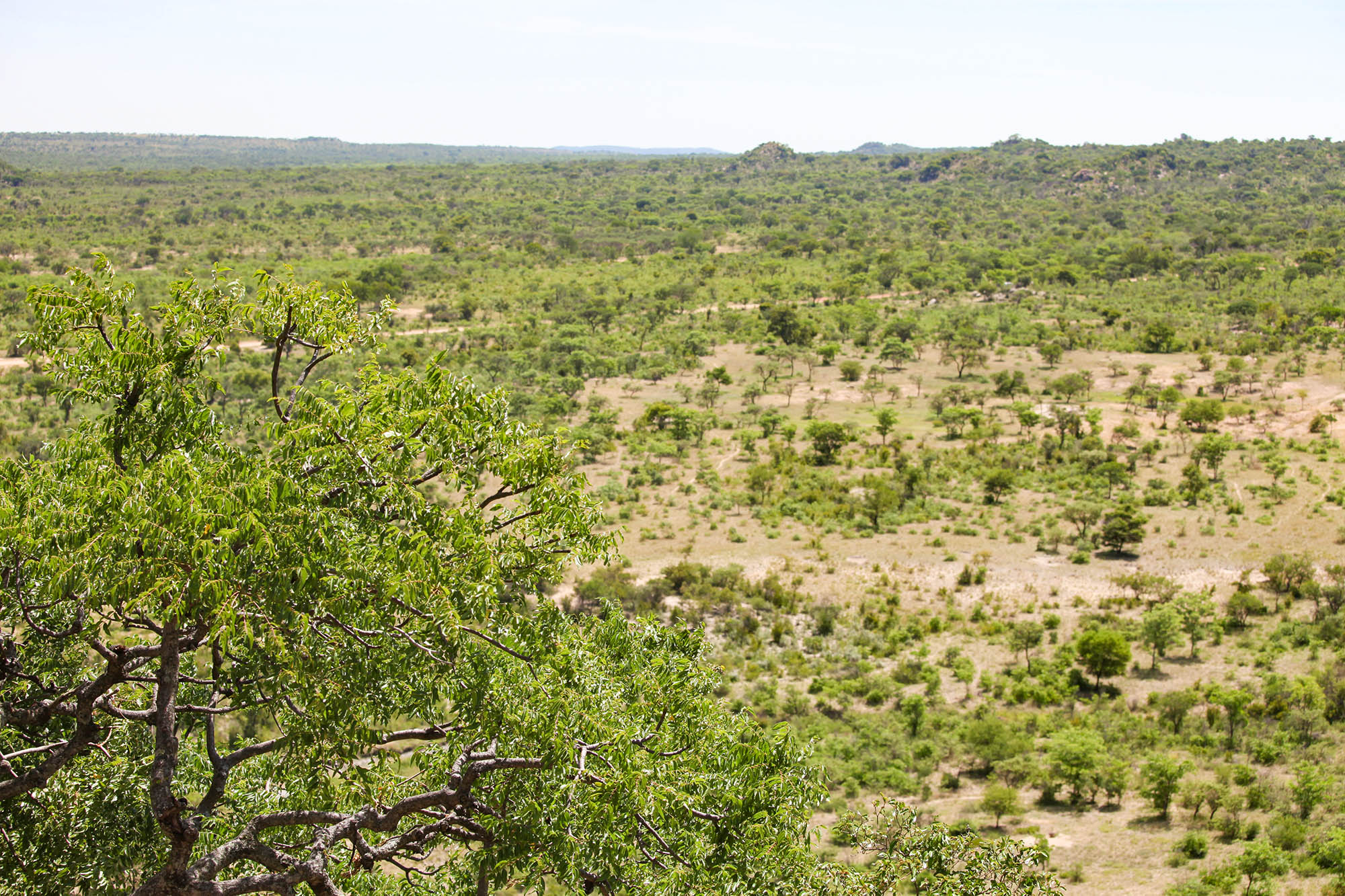
In addition to protecting the rhinos from poaching 24/7, the rangers also monitor the population and ensure their health and wellbeing. What a job!
Eco-Tourism : Protecting Matobo’s Wildlife
In recent years, eco-tourism has become an important source of income for local communities. By visiting the park and participating in activities such as guided game drives, hiking, and camping, we can not only witness the beauty of the park but also contribute to its conservation efforts.
Revenue generated from tours goes to supporting local communities and creating employment opportunities. And it increases awareness about the plight of the white rhino.
Walking with White Rhinos: The Experience of a Lifetime
As I set out on foot with the guide and group, I can feel my heart racing with anticipation - I am about to come face to face with one of the world's most magnificent creatures! Walking through the park, I can't help but be in awe of its beauty.
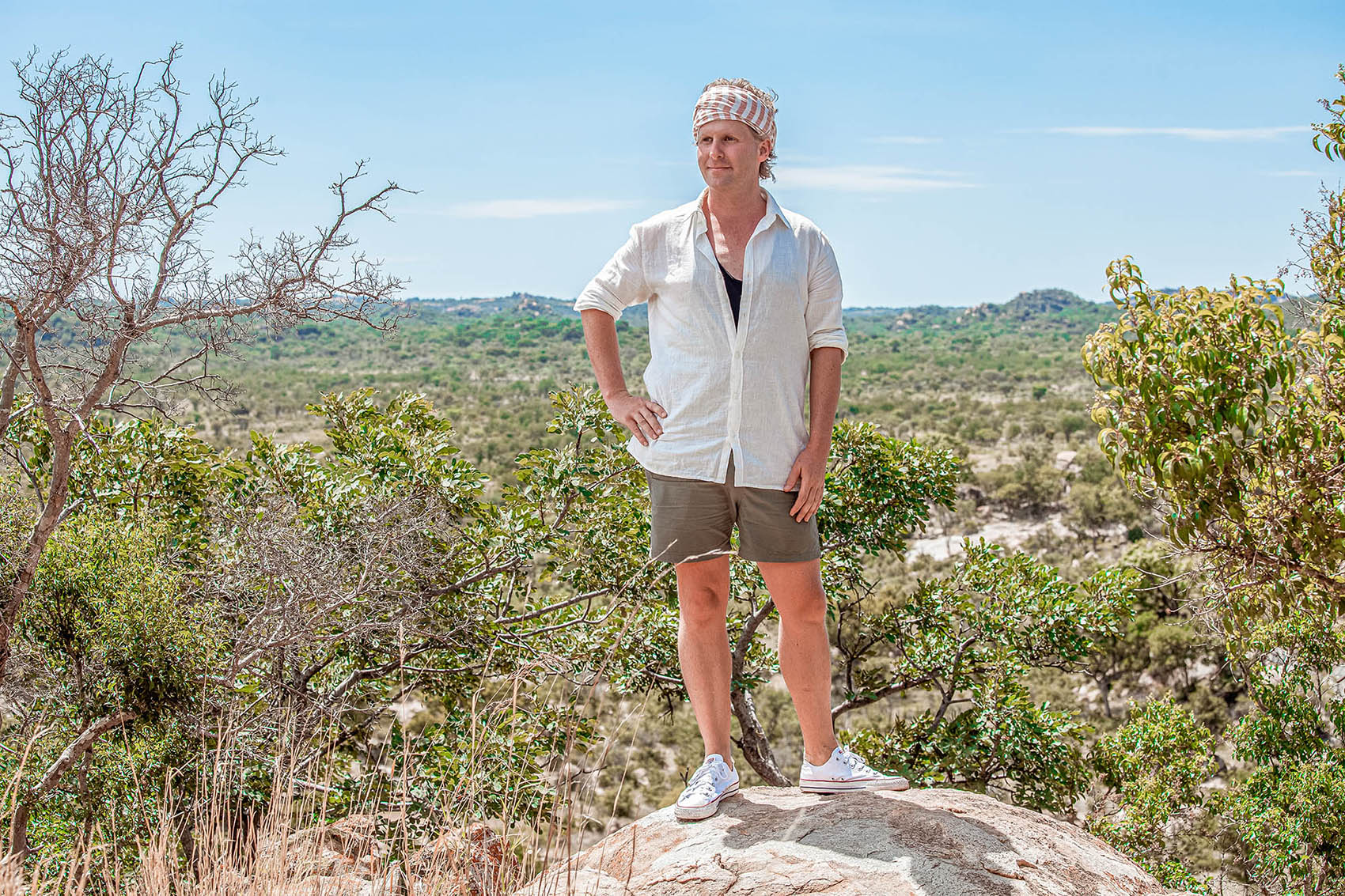
The hills and granite formations that surround me make it feel like I am walking on a different planet.
Following the Tracks: How Rangers Find Rhinos in the Wild
As we make our way through the park, Andy points out different species of wildlife that call Matobo home. The sounds of the African wilderness envelop us - the rustle of leaves, the chirping of birds, and the whisper of the breeze as it caresses our cheeks.
Andy keeps a watchful eye on our surroundings, his gun slung over his shoulder as we make our way to a lookout point (on a rocky elevation, just outside the park) from where he listens intently for the sound of the rhinos in the distance – a tracking ability like no other!
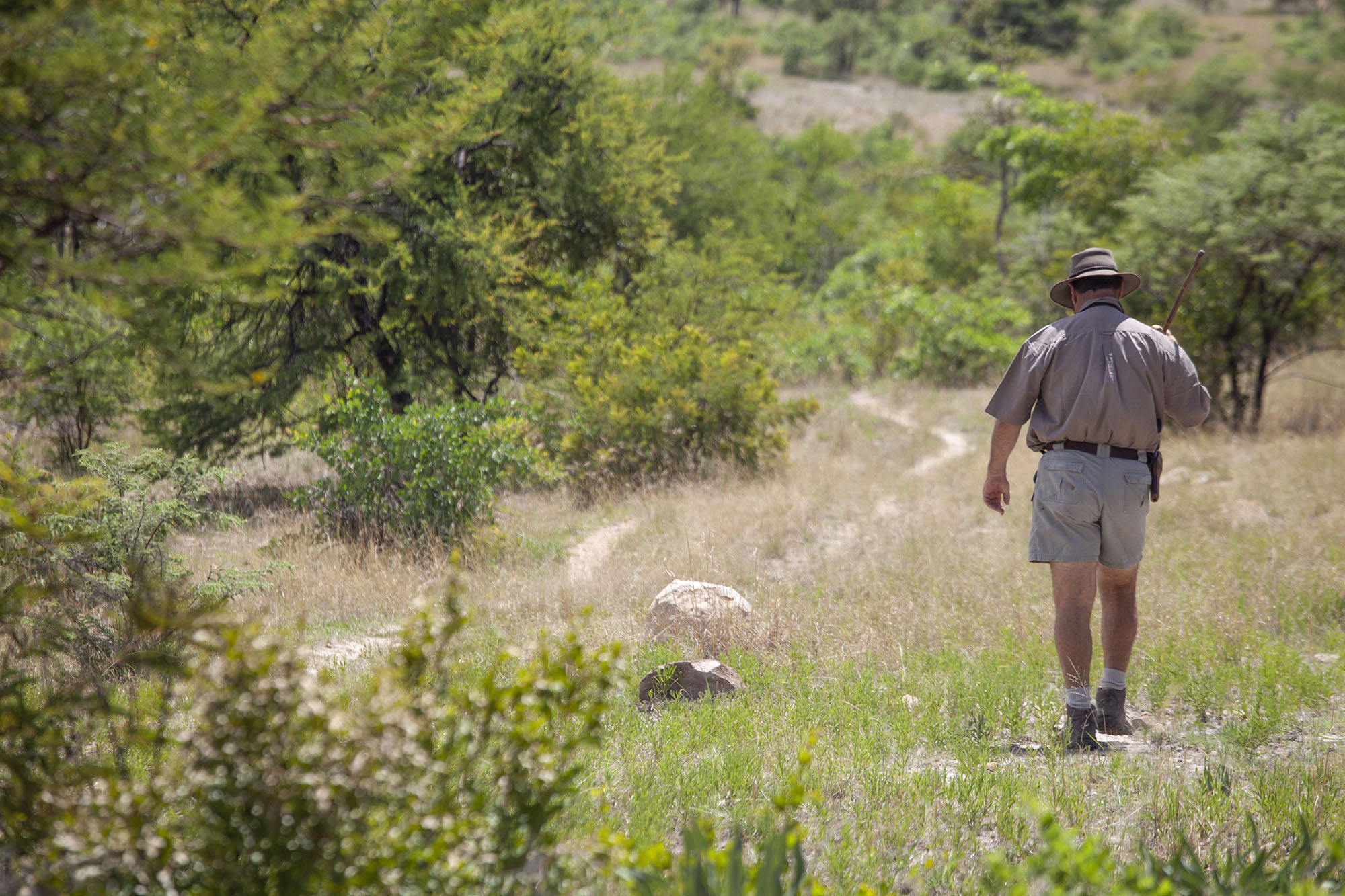
He identifies them in the distance.
Face to Face with White Rhinos: The Unforgettable Moment
After walking through the park for a while, the moment arrives: there they are, 7 metres away - a crash of nine white rhinos grazing near a cluster of acacia trees.
I am struck by their size and majesty. Seeing them in their natural habitat is a humbling experience.
Andy is meticulous in ensuring our safety, providing detailed instructions on how to behave around the rhinos and always maintaining a safe distance. I feel like I’m in good hands and can fully immerse myself in the experience.
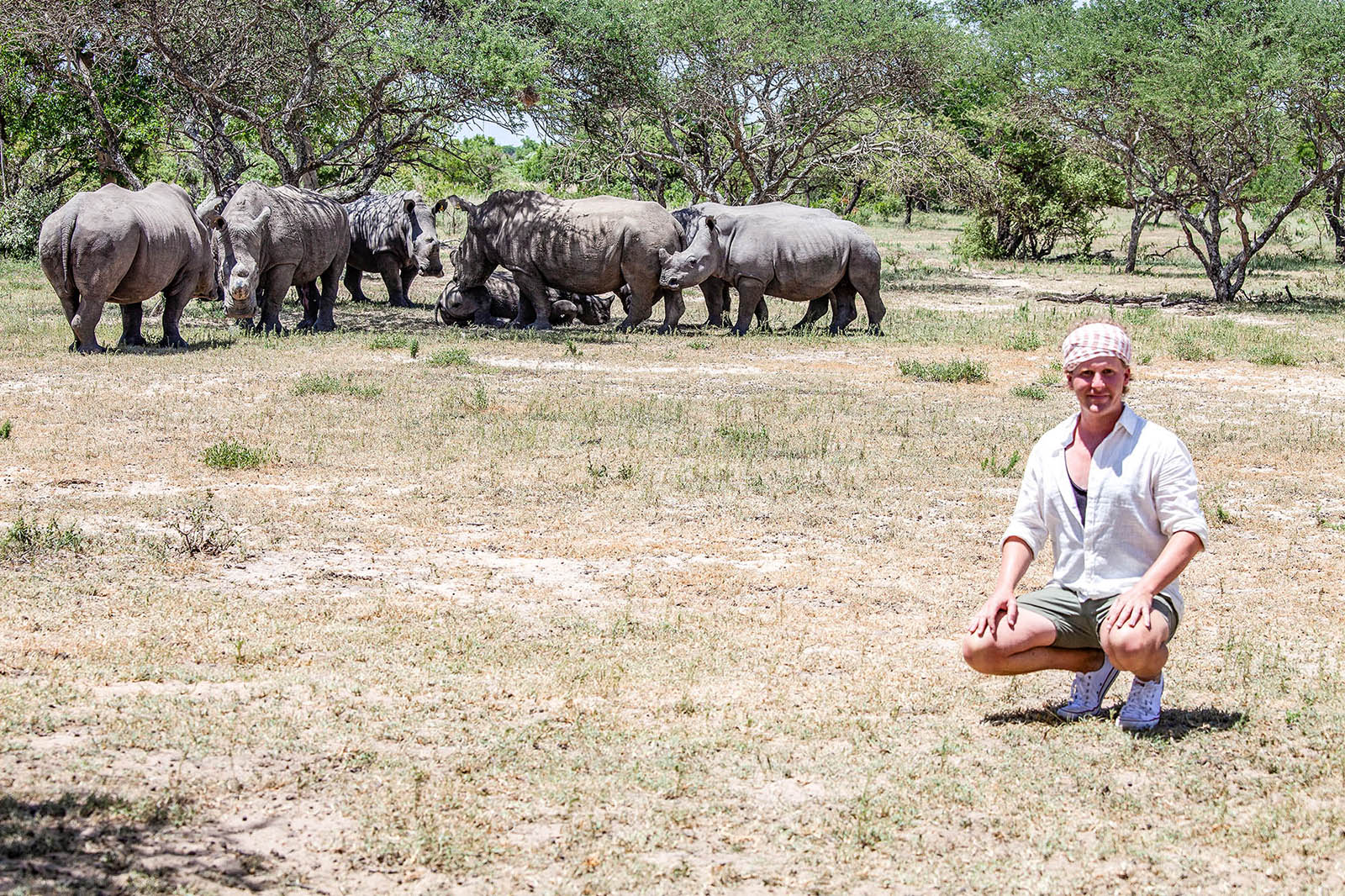
But this rhino walking safari is about more ... it means supporting conservation efforts and local communities. The funds generated from responsible wildlife tourism will go directly towards supporting anti-poaching efforts and promoting conservation in the park.
What a wonderful place, and thrilling experience!
How to Stay Safe on Foot
- Stay silent — rhinos have bad eyesight but excellent hearing
- Never run — they can charge at 50 km/h
- Listen to your guide — they know when to move and when to stay still
Exploring Other Parts of Matobo National Park
There's more to the tour than walking with white rhinos.
Rhino History at the Integrative Centre
You'll stop at the Integrative Centre, where you’ll learn about the history of white and black rhinos in the park. The Centre offers an educational experience that covers everything from the physical characteristics of these magnificent creatures to their behaviours and natural habitats.
After a morning of walking and learning about the rhinos, you’ll take a break and enjoy a picnic lunch in the park. It’s the perfect setting for a relaxing meal amid nature.
Ancient Rock Paintings at Nswatugi Cave
A visit to Nswatugi cave is another highlight. Famous for its ancient San painting, the cave offers a glimpse into the rich cultural history of the area. The paintings are believed to be over 2,000 years old, and they depict various aspects of the lives of the people who inhabited the area in ancient times.
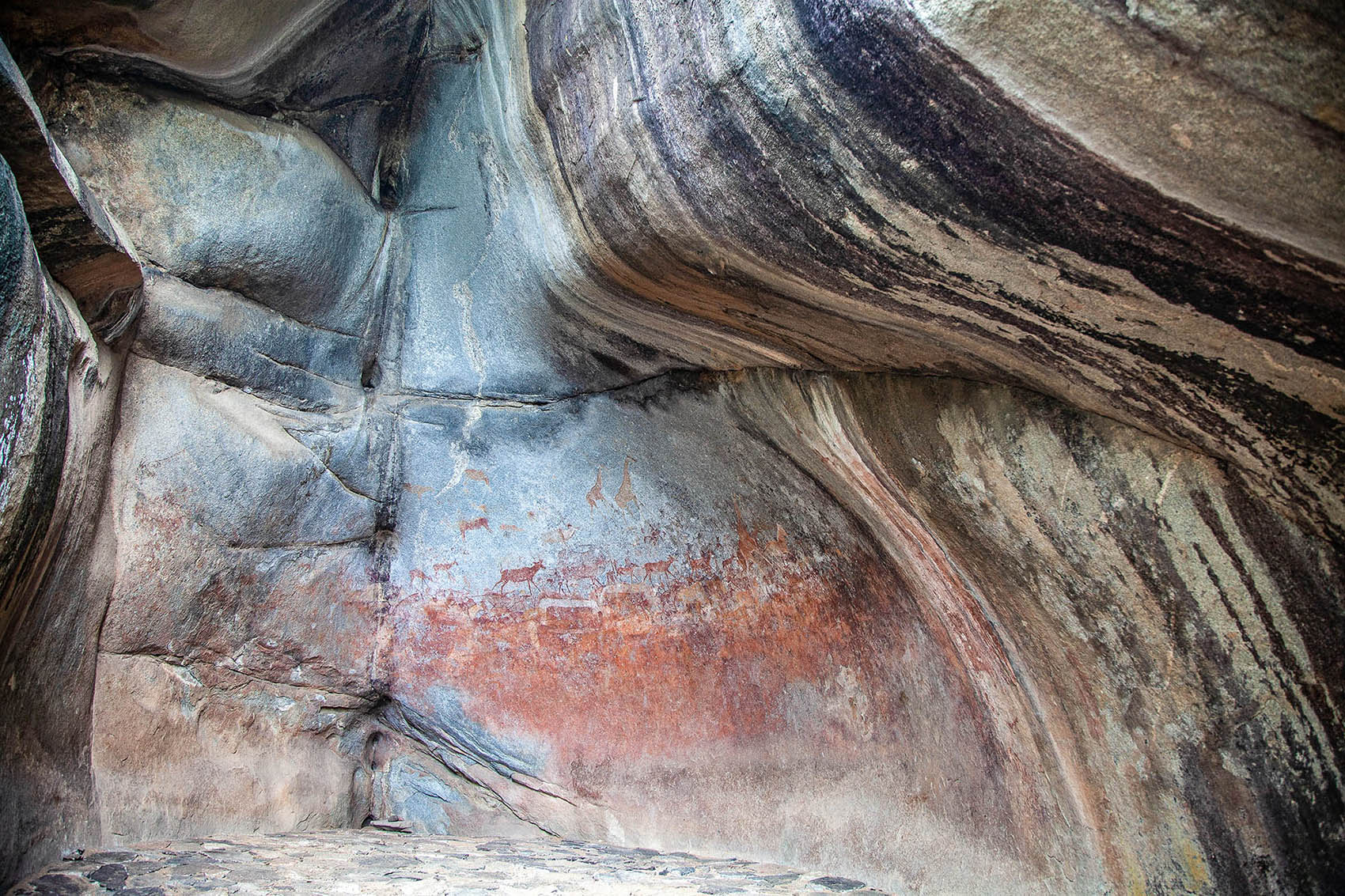
There’s a stop at a local market where you can purchase handmade crafts and other souvenirs. This is a great opportunity to support local artisans and take home a unique memento of the trip.
Cecil Rhodes' Grave at World’s View
The final part of the tour is World's View, where there’s an opportunity to see the grave of Cecil Rhodes, the British colonialist and entrepreneur who played a significant role in the colonisation of southern Africa.
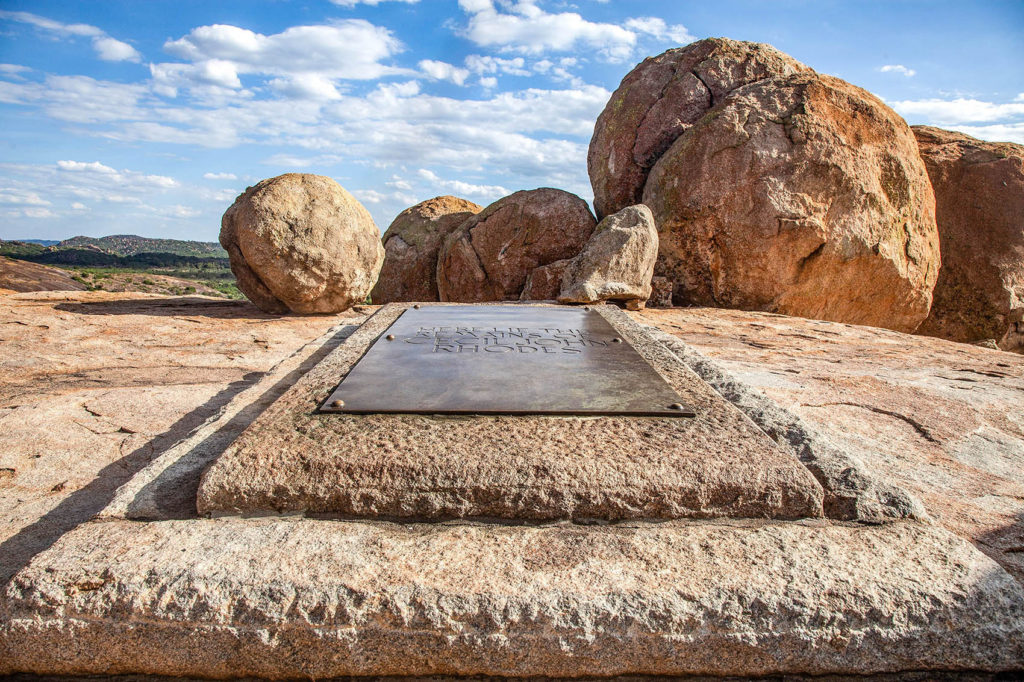

It’s situated in a beautiful location with stunning views of the surrounding countryside.
How to Plan Your Own Rhino Walking Safari
There are various companies (in Bulawayo and other parts of Zimbabwe) that offer day safaris to Matobo National Park for walking with white rhinos, or similar conservation activities.
Best Tour Operators
- Black Rhino Safaris (the company I used, who charge US$100 for the day) - one of the best safaris in Zimbabwe!
- Matobo Hills Lodge
- Big Cave Camp
- Amalinda Lodge
- Imvelo Safari Lodges
Do some research to determine which company will best suit your needs and preferences.
When to Visit
- Best time: May–October (dry season, better wildlife spotting)
- Avoid: November–April (wet season, harder to track animals)
Final Thoughts: Why a White Rhino Walking Safari is One of the Best Wildlife Experiences in Africa
The experience of being close to a white rhino in Matobo National Park was truly unforgettable.
But it’s important to acknowledge the critical role that conservation efforts play in protecting these magnificent creatures from poaching and habitat loss. The use of anti-poaching patrols and education programs, along with the involvement of local communities, are crucial in preserving the natural beauty of the land and its inhabitants for future generations.
By supporting eco-tourism and responsible travel practices, we can contribute to the ongoing efforts to protect endangered species like the white rhino and help ensure their survival.
If you're looking for one of the most unforgettable wildlife experiences in Africa, add a white rhino walking safari to your bucket list. There are few better ways to see conservation in action.
Don’t just see the wildlife — walk with it.

Love it Ben! This is awesome 😊
I’m so glad you enjoyed reading the article, Yvonne (and thanks for the glowing feedback!).